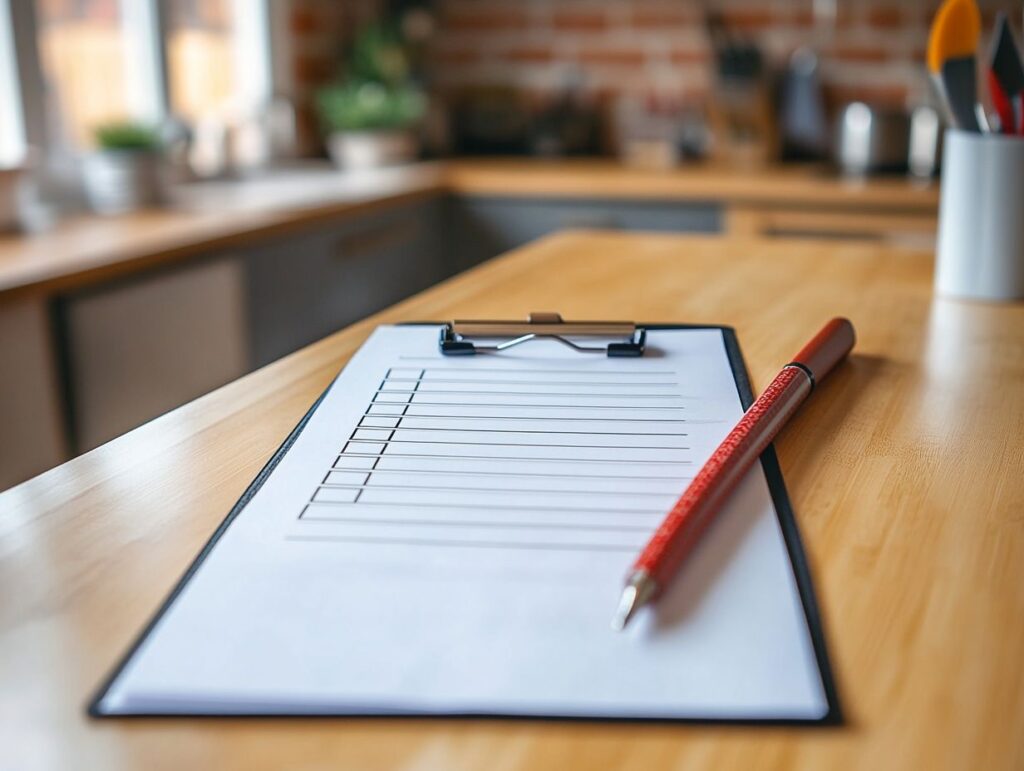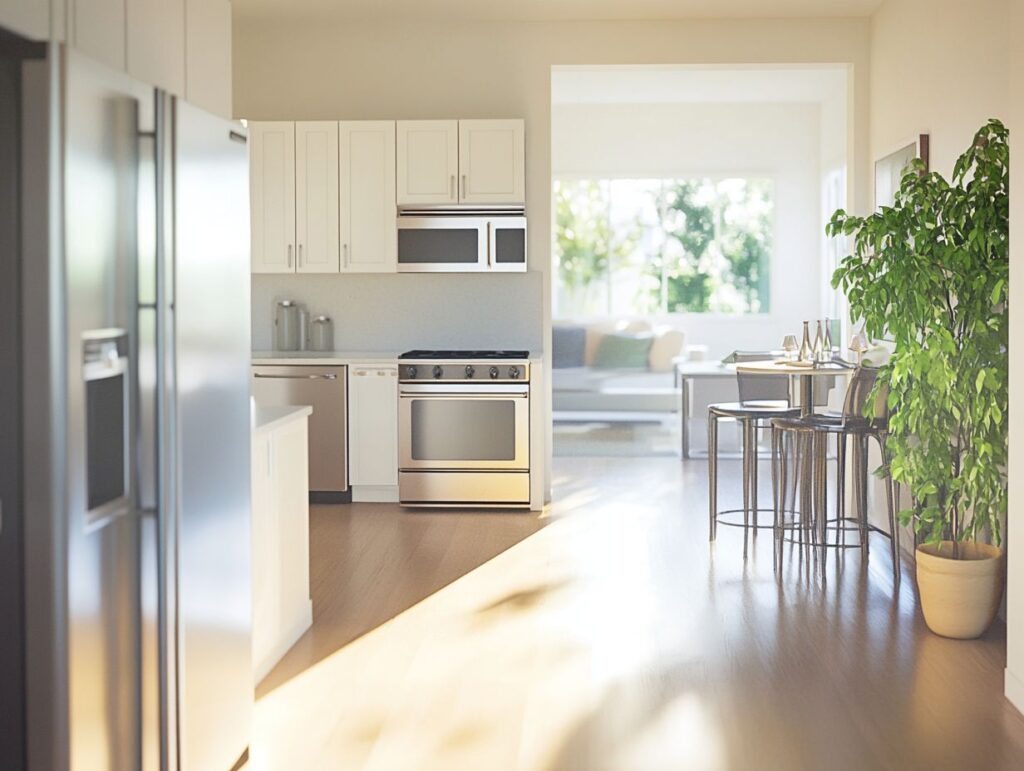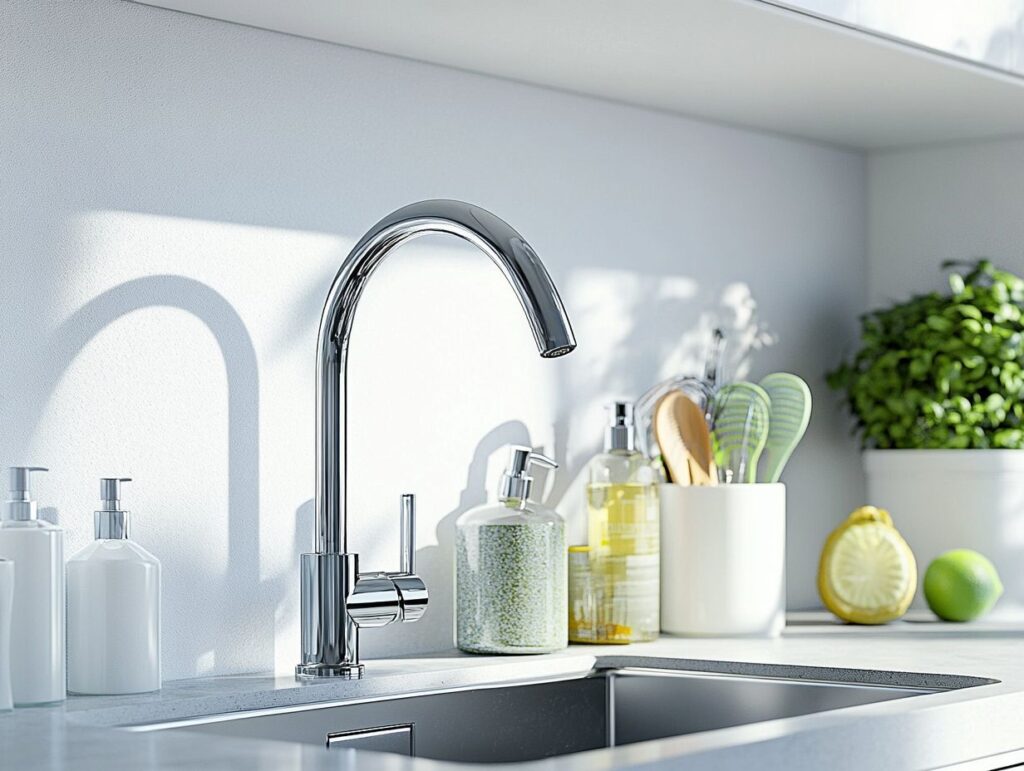You’ve made it! After weeks of stress, hassle, and running back and forth like a headless chicken, you have finally unpacked the last box! You have finally moved in for good! And yet, in the back of your mind is this little voice that nags you: the place does not look as clean as you’d like. But you are so exhausted that you decide to neglect it – at least for now.
You can avoid this unpleasant feeling that spoils your move-in triumph with a well-planned and executed pre-cleaning of your new place. How do you do that? We are glad you asked—read on!
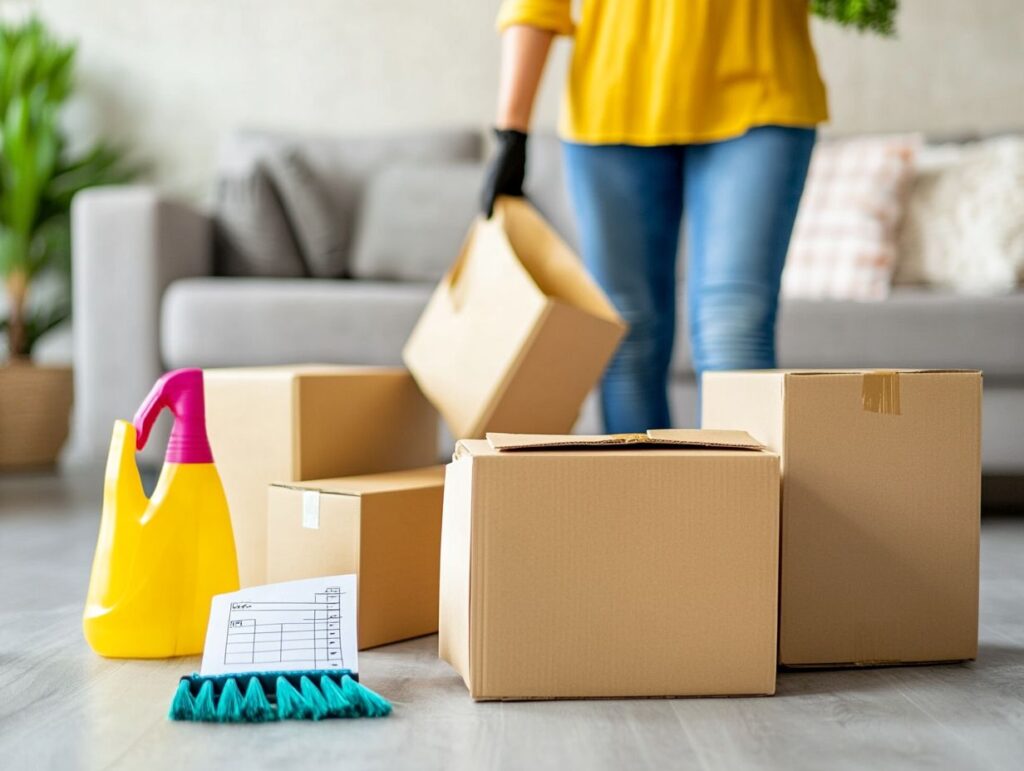
Understanding the Importance of Pre-move Cleaning
Pre-move cleaning isn’t just about sprucing up your home; it’s a game changer for easing the stress of relocating. A clean and organized space can make a difference, turning what could be a chaotic ordeal into something much more manageable.
By focusing on decluttering, you’ll reduce the number of items you need to transport to your new place, making the whole process far more efficient. Whether you own your home or rent, taking a systematic approach to cleaning can really set the stage for a smoother transition into your new abode.
Why Pre-move Cleaning is Essential
Understanding why pre-move cleaning is essential can boost your moving strategy and help you avoid that last-minute panic.
When you take the time to tidy up your space before packing, you make your environment more pleasant and simplify your organizational efforts. By tackling the clutter, you can quickly figure out what to keep, donate, or throw away. This little pre-move ritual lightens the physical load of moving and eases emotional stress, giving you a fresh start in your new place.
Incorporating tips like using clear storage boxes for the organization or creating a decluttering checklist can turn this task into something manageable—and perhaps even enjoyable! Ultimately, starting with a clean slate in your old home sets you up for a smoother transition into the new one.
Creating a Cleaning Checklist
Creating a cleaning checklist is a crucial part of your pre-move strategy. It helps you ensure that no detail is overlooked, whether packing up your belongings or decluttering your home.
Identifying Areas That Need Cleaning
Identifying the areas in your home that need cleaning is extremely important, especially since different rooms require different levels of attention—particularly when you’re in a hurry.
It helps to adopt a systematic approach to effectively ascertain what each room needs. Start by checking those high-traffic areas where dirt and grime seem to be having a party. For instance, your kitchen and living room might need some serious vacuuming and dusting, especially on surfaces that often get overlooked, such as skirting boards and ceiling fans.
Meanwhile, your bedrooms could benefit from a deep clean of carpets and bedding to keep those pesky allergens at bay. Concentrating on these detailed tasks will create a more inviting atmosphere and enhance your overall well-being in your living spaces.
Setting a Timeline for Cleaning Tasks
Setting a timeline for your cleaning tasks helps streamline your relocation process. It makes everything less overwhelming and more efficient as moving day approaches.
By breaking down your cleaning duties into manageable chunks, you can create a structured routine that reduces stress and ensures you tackle every essential task on time. Focus on areas that need immediate attention and allocate specific time slots for each task. This approach can lead to a smoother moving experience. Furthermore, having clear goals and deadlines keeps you focused and helps you avoid procrastination.
Ultimately, embracing this kind of organization gives you a great sense of achievement as you check off each task. It provides that much-needed relief when the pressure of a move starts to build.
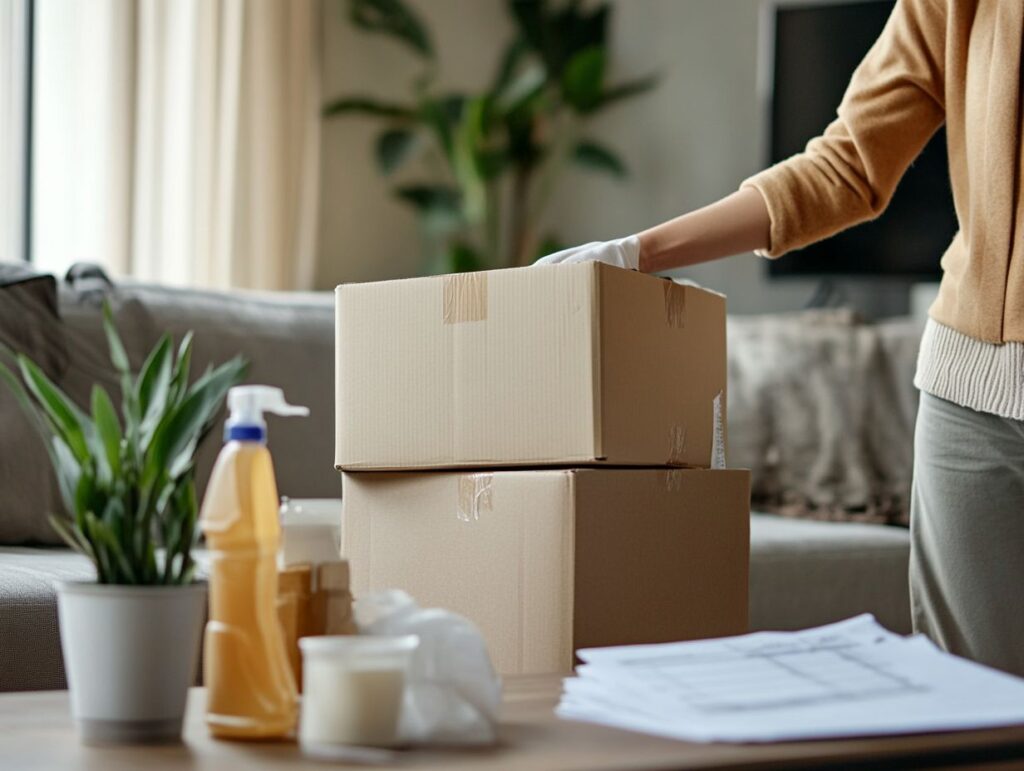
Gathering Necessary Cleaning Supplies
Gathering the right cleaning supplies before diving into your pre-move cleaning saves you valuable time.
Furthermore, it ensures you’re ready to tackle the task.
Essential Tools and Products
Using the right cleaning products and tools can really enhance your efficiency and effectiveness when tackling dust and dirt on different surfaces.
Take microfibre cloths, for instance—they’re essential for dusting and wiping down your electronics without leaving scratches. And don’t underestimate the power of a quality all-purpose cleaner; it can work wonders on your kitchen and bathroom worktops. For those pesky grime spots, especially on tiles and grout, a floor scrubber paired with a specialized tile cleaner can deliver impressive results.
Let’s not forget about your glass surfaces! A streak-free glass cleaner and a squeegee will give you that brilliant shine you’re after. By equipping yourself with these specific products and tools, you’ll ensure every room in your home gets the attention it deserves, turning cleaning into something that’s easier and far more rewarding.
Tips for Efficient Cleaning
Using tips for efficient cleaning can make the overwhelming task of getting your home ready for a move much more manageable and less time-consuming.
Maximising Time and Effort
Maximizing your time and effort during the cleaning process comes down to effective organization and a focused strategy, especially with moving days around the corner.
With the clock ticking, prioritizing tasks is critical, tackling the high-impact areas first. By taking a systematic approach, you can seriously reduce the time you spend tidying up. Cleaning caddies filled with essential supplies can save you from constantly running back and forth to grab things, allowing you to complete each chore much faster.
Setting specific time slots for each task helps keep your momentum going, turning what could be a chaotic cleaning spree into a smooth operation. And don’t forget—enlisting friends or family can speed things up and make the whole experience much more enjoyable. You’ll turn those necessary chores into a fun opportunity to catch up and connect!
Dealing with Last-Minute Cleaning Emergencies
Dealing with last-minute cleaning emergencies can be one of the most stressful aspects of moving, but quick solutions can help relieve that pressure.
Quick Solutions for Unexpected Messes
When unexpected messes occur during a move, quick cleaning solutions can be your best friend, helping you regain control and keep everything on track.
Whether it’s those annoying dust bunnies on your hardwood floors or spills on the kitchen surfaces, having a toolkit of cleaning strategies ready is essential. For example, grabbing a microfiber cloth and a multi-purpose cleaner can help remove grime from almost any surface. And don’t underestimate the power of a simple vinegar and water mix—it’s a game-changer for glass and mirrors.
As you clean, sorting items into designated boxes can help minimize clutter and make your packing process smoother. Remember to pay attention to those often overlooked spots like skirting boards and corners with a damp cloth or vacuum attachment. This way, your new home will feel fresh and welcoming!
Final Touches and Post-Cleaning Maintenance
Adding those final touches and setting up a post-cleaning maintenance routine helps you enjoy a fresh start in your new home while keeping everything neat and organized.
Ensuring a Fresh Start in Your New Home
Establishing an effective cleaning routine can help you stay organized and relieve ongoing stress, allowing you to kick off a fresh start in your new home.
You can keep your space tidy and promote peace by weaving some simple yet impactful habits into your daily life. Start by tackling each room one at a time; dedicating just a few minutes a day to sort through items can prevent that overwhelming clutter from piling up.
Remember to schedule deep cleaning sessions each week to maintain a sanitary atmosphere. Labeled storage will also make everything easy to find. If you want to make cleaning feel less like a chore, consider playing soft music or trying guided meditation while tidying up.
It can transform mundane tasks into more mindful practices, making your post-move experience much calmer and more enjoyable.
